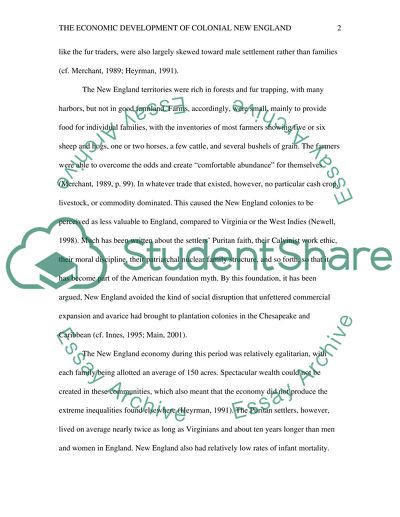Cite this document
(“Development Of The New England Colonies - Colonial America Research Paper”, n.d.)
Retrieved from https://studentshare.org/history/1439414-development-of-the-new-england-colonies-colonial
Retrieved from https://studentshare.org/history/1439414-development-of-the-new-england-colonies-colonial
(Development Of The New England Colonies - Colonial America Research Paper)
https://studentshare.org/history/1439414-development-of-the-new-england-colonies-colonial.
https://studentshare.org/history/1439414-development-of-the-new-england-colonies-colonial.
“Development Of The New England Colonies - Colonial America Research Paper”, n.d. https://studentshare.org/history/1439414-development-of-the-new-england-colonies-colonial.


